Leopards are elusive, solitary cats renowned for their ability to climb trees and melt into the shadows. Their spotted rosettes provide perfect camouflage among branches and foliage. The combination of stealth, agility and fierce nature makes them a coveted trophy for hunters. Despite being Africa’s most widespread big cat, leopards are seldom seen in daylight, adding to their mystique.

Baiting is the classic leopard‑hunting method. Hunters select a suitable tree with a horizontal limb, hang bait to lure the cat and construct a blind about 50 m away. Trackers check the bait daily; once a leopard feeds, the hunter sits in the blind at dusk or night, waiting to take a well‑placed shot often by flashlight or green‑filtered lamp. In some regions, specially trained hounds are used to force a leopard up a tree, allowing the hunter a close but fleeting opportunity. Baiting is most effective during cooler, drier months when the meat lasts longer and prey species are not calving.
Leopard hunting is heavily regulated across Africa. Namibia issues tags based on scientific surveys and typically allows only one mature male per concession each season. Range states set age and size criteria for legally hunted leopards and must provide non‑detriment findings to CITES to ensure that trade does not harm populations. Revenues from international hunters fund habitat protection, anti‑poaching and community development—Zimbabwe alone generated over US$11 million in hunting fees from 2010–2015. By targeting problem animals and rewarding landholders for maintaining leopard habitat, regulated hunting can support conservation.
Leopards are primarily nocturnal and climb trees to cache kills or escape threats. Their exceptional strength enables them to drag prey heavier than themselves up into branches. Because they are solitary, a mature male has a large home range and will defend it vigorously against rivals. Successful hunters often leave camp quietly on foot to avoid alerting the cat to human presence and must be prepared for long waits in blinds.
Leopard can be found in the following location:
Leopard has the following variations:
- (Varieties to be confirmed)
Start Your Adventure



